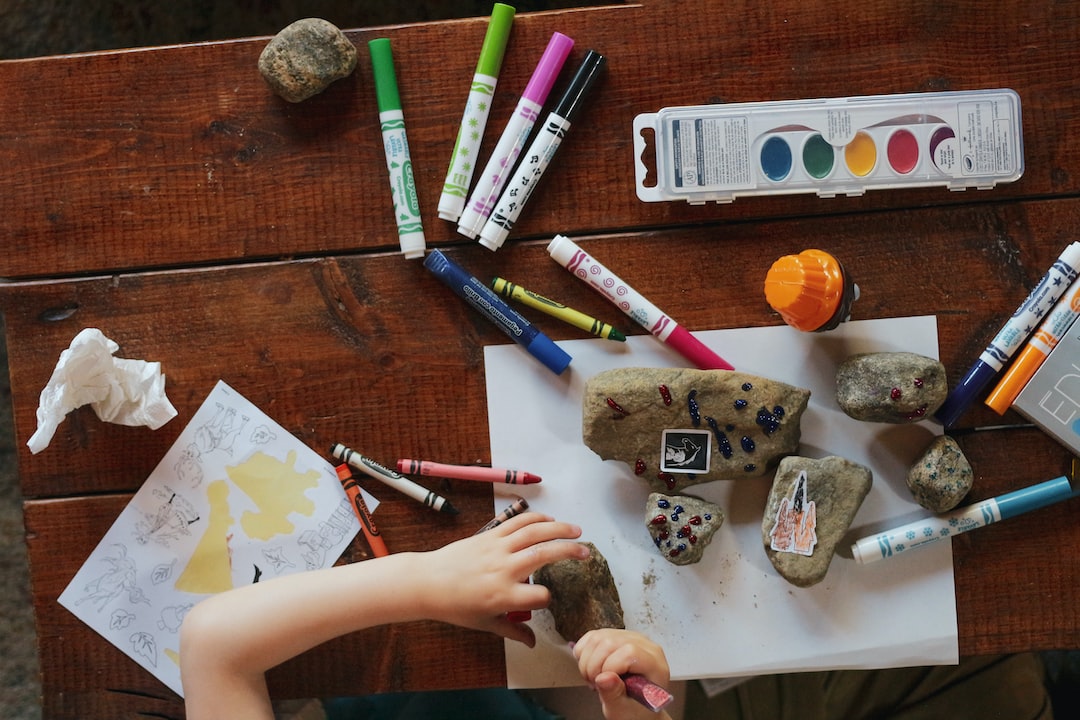Exploring the Connection between Music and Visual Art
Artistic expression can manifest in various forms, each unique yet interconnected. Visual art and music, two prevalent forms of artistic expression, have a profound connection that transcends individual mediums. This connection has been explored by countless artists and scholars, unveiling a mesmerizing world where colors and sounds harmonize to create a sensory experience like no other.
From the visual beauty of a painting to the auditory aesthetics of a symphony, both music and visual art have the power to move us, evoke emotions, and ignite our imagination. But what exactly is the connection between these two art forms, and how do they influence one another?
One obvious link between music and visual art lies in their ability to convey meaning, emotions, and narratives. Artists often turn to music to enhance their creative process, as it has the remarkable ability to evoke specific emotions and set the tone for their artwork. For instance, while capturing the breathtaking landscape of a serene countryside, a painter might listen to tranquil classical music to immerse themselves in the ambiance and capture the essence of the scene.
Similarly, musicians find inspiration in visual art to enhance their compositions. By observing a painting or sculpture, musicians can interpret the colors, lines, and textures into musical elements such as rhythm, tempo, and dynamics. This process allows musicians to translate the visual elements into auditory experiences, creating a unique fusion of senses.
Additionally, both music and visual art use elements of design to create a harmonious and balanced composition. Visual artists employ principles like symmetry, color theory, and perspective to create visually captivating artworks. Similarly, musicians utilize elements such as melody, harmony, and rhythm to craft musical compositions that captivate the listener’s ear.
In some instances, visual art and music come together in collaborative projects, creating multi-sensory experiences that stimulate both the eyes and ears. For example, several museums worldwide host exhibits where paintings are accompanied by live music performances. Visitors can immerse themselves in a symphony of art as they witness paintings coming to life through the power of music.
Moreover, artists have historically found inspiration in each other’s works, leading to cross-pollination between visual art and music. Famous examples include Wassily Kandinsky, a prominent abstract painter, who believed that music and visual art shared an intrinsic connection. Kandinsky often described his paintings in musical terms, using musical notation as a visual language to convey the emotions and rhythm within his artworks.
Another notable example is the collaboration between painter Piet Mondrian and composer Arthur Schoenberg. Both artists were part of the De Stijl movement, which sought to reduce art forms to their simplest geometric shapes and musical notes. Mondrian’s abstract grid paintings mirrored Schoenberg’s twelve-tone music, illustrating the interplay between visual art and music in the modernist era.
Furthermore, advancements in technology have expanded the possibilities of merging music and visual art even further. With the rise of digital art and multimedia installations, artists can create immersive experiences that combine visuals and sound to convey a powerful message.
For instance, interactive art installations often incorporate music as a key component, enabling viewers to experience art in a multi-dimensional and interactive manner. By using sensors and computer programming, these installations respond to the viewer’s movements and generate corresponding music, creating a captivating fusion of visual and auditory stimuli.
In conclusion, the connection between music and visual art is a deeply intertwined and enriching one. Both art forms rely on emotions, storytelling, and design principles to evoke and communicate experiences. Whether it is through seeking inspiration in each other’s work, collaborating on joint projects, or utilizing technology to merge the two, music and visual art feed off each other’s creativity, leading to an array of mesmerizing and unforgettable artistic expressions. So, the next time you view a breathtaking painting or listen to an enchanting melody, take a moment to appreciate the invisible threads that connect these art forms and shape the world of artistic expression.

